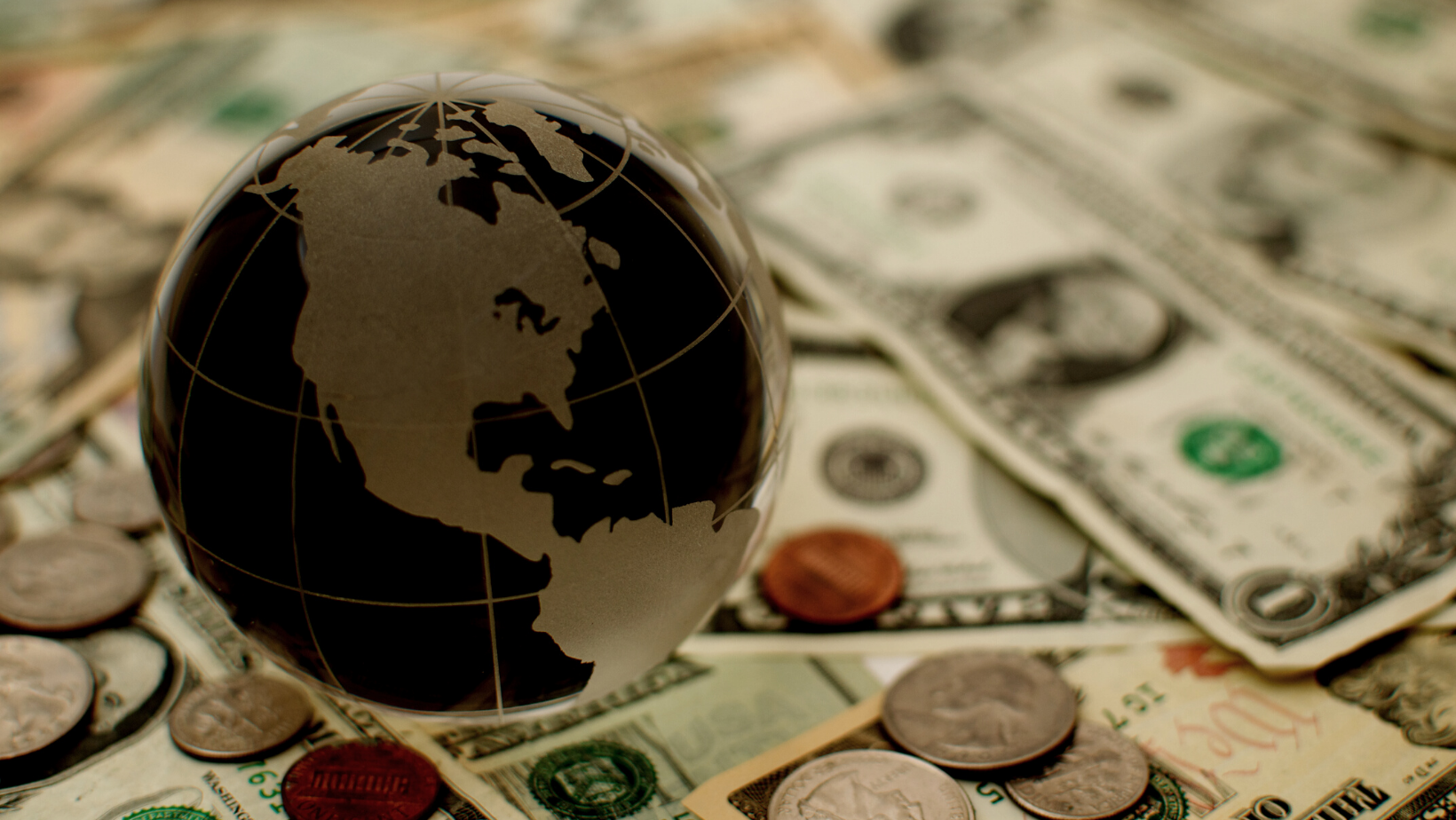During 2020, every government, central bank and multilateral entity focused its efforts on one objective: a rise in economic growth. This goal meant that they had to overcome the effects of COVID-19 and its consequent restrictive measures. And it may be achieved this year. According to the World Bank, following a pandemic-derived global contraction of 3.5%, in June the expected growth for the end of 2021 is at 5.6%, the largest expansion in 80 years. The estimation made by the International Monetary Fund (IMF) is similar, situated at 5.9%.
But to properly understand this information, a concept from the statistics field must be kept in mind: the base effect, which refers to the distortion in a figure resulting from unusually high or low levels in the previous period. It is basically the statistical version: if you hit rock bottom, the only way to go is up, and the change will be much more spectacular if your starting point is lower.
 Chart 1. Own elaboration
Chart 1. Own elaboration
However, in addition to this statistical effect, some forces must be considered, given that they could somehow affect the expectations of economic growth and even hinder the recovery process in certain countries. These forces can be observed in Chart 1: supply chain issues, the hydrocarbon market crisis, the semiconductor shortage, and the increase in inflation expectations.
Supply Chain
The global economic reactivation has shown that the pandemic has had an impact that was hard to predict in some areas. The supply chain disruption is probably the clearest example. After the restrictive measures were lifted, it was quite evident that, due to a variety of factors, supply chains were not prepared to face the rapid reactivation in the demand for goods and services.
Taking China as an example, the problem seems to be the electricity needed by factories. For England and the US, the problem involves their specialized workforce, particularly truck drivers, while the jump in freight rates has also played its part. But everyone was affected by the pressure that this put on the different ports, containers, and ships struggling to cope. Additionally, some of the delayed products are necessary to manufacture other products. The domino effect disrupts many sectors, showing how deep and strategic interconnection is in international trade, and how an extreme scenario may disturb it.
Black Friday, taking place on November 26, is a key moment to pay attention to in the US. On that day, the effect that these disruptions have had on the supply of goods will be observable. The date is also relevant to evaluate the level of consumption in that country, where a poor offer of products will be interpreted as a deceleration sign for the markets and could affect companies such as Amazon and Apple, among others.
Oil & Gas
Another factor to consider is energy. We can see this with Brent oil trading at around $ 84, and gas over $ 5, in the face of an increased demand from both consumers and manufacturers.
Chart 2 shows the price behavior: we can observe that both hydrocarbons are at their highest in a 5-years scenery.

Chart 2. Own elaboration. Data: Bloomberg
The increase in gasoline consumption and the necessities of industries that migrated from coal to natural gas add up to the expectations of additional pressure on demand that may come along with winter in the northern hemisphere. All these factors have investors doubting whether production will suffice to satisfy the growing demand. If we add to this situation that OPEC has decided in its last two meetings that it will maintain its scheme of monthly production increase at 400,000 thousand barrels per day despite prices, it seems that the current level of prices will remain at least for the remainder of the year, unless the US significantly reactivates production.
Semiconductors
Semiconductors is among the most frequently discussed topics in SupraWebinars and columns since 2020. It once again takes a leading role, since the impact of these supplies in the offer of manufactured products has increased and became even more critical due to the supply chain issues.
To understand how important semiconductors are, we must bear in mind that they are the raw material for chip manufacturing. Its production, though, concentrates worldwide in three companies: Intel, Samsung, and TSMC ( Taiwan Semiconductor Manufacturing Company Limited ), with Intel producing only to cover for its own needs, which in practical terms means that a large percentage of the world’s demand is provided by South Korea and Taiwan. Although this situation has existed for years, the growing demand for chips in a wide range of industries -from cellphones to automobiles-, has exacerbated this problem, affecting the number of units of the final product that are produced and sold.
Inflation expectations
Finally, all the aforementioned forces added to the reactivation of global demand served to reinforce a scenario of an increase in inflation expectations, that pushes Central Banks to take decisions in this regard, including increases in rates and, in the case of the Federal Reserve, the reduction of monthly purchases or tapering. These purchases called Quantitative Easing or QE are made monthly and amount to 80,000 million dollars in Treasury Bonds and 40,000 million in Mortgage-Backed Securities or MBS. Tapering involves a monthly reduction of 15,000 million (10,000 million in Treasury Bonds and 5,000 million in MBS) and is expected to continue until June. This will cause a gradual decrease in the monetary stimulus as well as in market liquidity.
Therefore, if there nothing stops this trend of an increase in the demand that is not matched by the necessary supply, it is clear that the end of 2021 may show a downward trend, at least in terms of global growth. During the remaining month and a half, watching the movements of these forces and any possible solution that could be presented before the last peak in demand -Christmas shopping- will be crucial.
This report was made by Gandini Análisis for SupraBrokers only as content. It shall in no case be considered as an investment recommendation.






